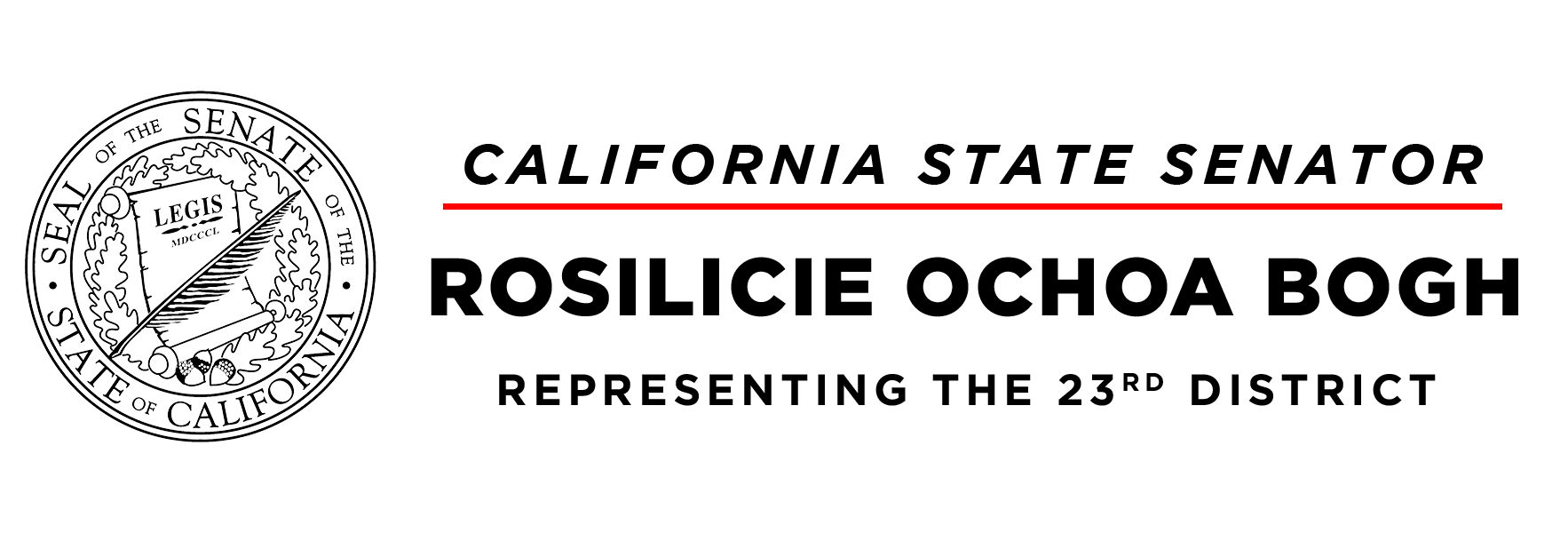One of the committees I sit on as the state senator for District 23 is Subcommittee No. 1 of the Senate Budget and Fiscal Review Committee. This subcommittee oversees education funding and programming and recently discussed the state’s expanded learning opportunities programs.
I’ve heard from parents in the district that many are not fully aware of all the before- and after-school programs the state helps provide that are available for their children, so I thought it would be of interest to share with you some of what the state is doing in that area.
In 2002, Proposition 49 established the After School Education and Safety (ASES) Program to establish and grow local after school education and enrichment programs. The programs are created through partnerships between schools and the local community, and the state provides $600 million annually in funding, which is distributed on a per-pupil basis to schools with at least 50% of students in kindergarten through ninth grade who are eligible for free- or reduced-cost meals. ASES programs must include an educational and literacy element that provides tutoring or homework assistance, as well as an educational enrichment element.
According to information provided to the subcommittee in February, “ASES supports over 4,000 elementary and middle schools offering afterschool and summer programs to more than 400,000 students daily.”
There is also the 21st Century Community Learning Centers (CCLC) program, a state-administered, federally funded program that supports community learning centers providing academic enrichment opportunities during non-school hours for children, particularly students attending high-poverty and low-performing schools.
CCLCs receive five-year grant funding to provide K-12 students with academic opportunities and supportive services to help the students meet state and local core content areas. CCLCs must offer literacy and related educational development as well as provide services supporting student learning and development – tutoring and mentoring, homework help, academic enrichment, and community service opportunities, as well as music, arts, sports and cultural activities.
California breaks CCLC funding into two categories: 21st CCLC serves students in transitional kindergarten through ninth grade, and After School Safety and Enrichment for Teens (ASSETs) serves students in high school.
Another two programs, both created last year (2021) in response to student learning loss experienced during the pandemic, are the Expanded Learning Opportunities Grant (ELOG) and Expanded Learning Opportunities Program (ELOP). ELOG funds are provided to local educational agencies in proportion to the amount of their Local Control Funding Formula and are to be used for supplemental instruction and support to students, including summer school, tutoring or one-on-one support, and social-emotional wellbeing support.
ELOP funds are allocated to classroom-based local educational agencies based on their enrollment percentage of low-income, foster youth and English learners in grades TK-6, and they provide students nine hours per instructional day of expanded learning opportunities offered after school, between education sessions and for six weeks each summer.
While all of these extended learning programs are funded by state (and federal) government, they are all implemented and managed on the local level. Examples of local programs receiving state extended learning program funds include: The SAFE/ZONE Expanded Learning Opportunity Program in Hemet that operates five days a week (Monday - Friday) at each site and the After School Education & Safety program in Beaumont offering students a safe learning environment with the combined support of teachers, site administrators, families, and the surrounding community.
The shutdown of schools and remote learning due to the pandemic took a great toll on our children. Through its funding of these extended learning programs and grants, the state is helping maximize the educational and enrichment opportunities available to parents and students while ensuring educators at the local level remain in charge of determining what mix of programs provide the best opportunity for the greatest number of local families.
